Introduction to Crate Training for Dogs
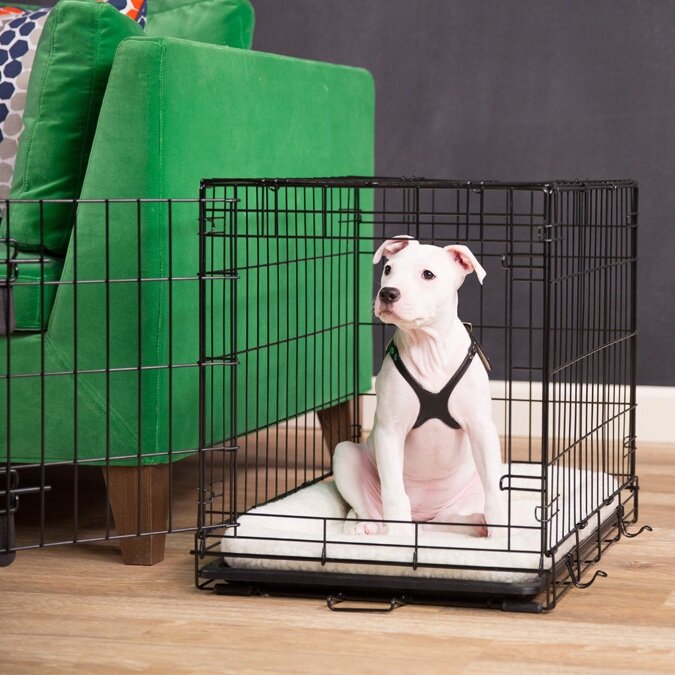
Crate training is a valuable tool for dog owners looking to create a safe and secure space for their furry friends. It involves introducing a crate as a den-like environment where dogs can feel comfortable and relaxed. Crate training is important for various reasons, including providing a safe confinement area, aiding in potty training, and helping to prevent destructive behaviors. By gradually introducing the crate and using positive reinforcement techniques, dogs can learn to associate the crate with positivity and it can become their own personal sanctuary.
What is crate training and why is it important for dogs

Crate training is the practice of teaching dogs to feel secure and comfortable in a crate or kennel. It is important for dogs because it provides them with a safe and designated space that they can call their own. Crate training helps with housebreaking, prevents destructive behavior, reduces anxiety, aids in transport, and serves as a cozy retreat for dogs. It helps establish boundaries and promotes a sense of security for dogs in various situations.
Benefits of crate training for dogs
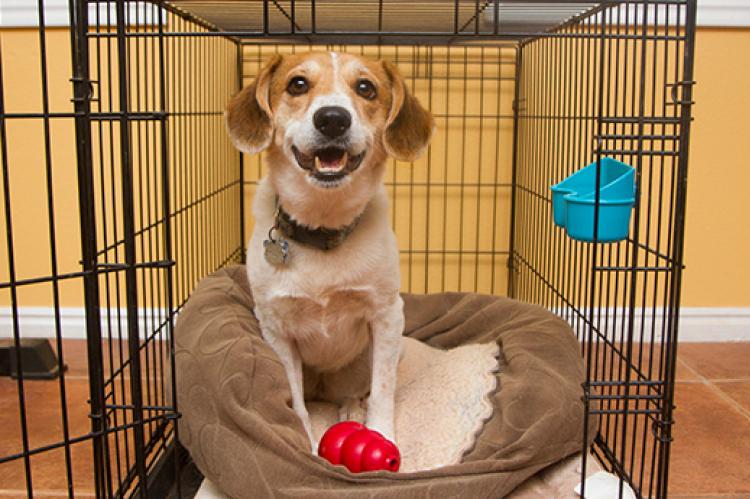
One of the key benefits of crate training for dogs is that it provides them with a safe and secure space of their own. Dogs are naturally den animals, and a crate can mimic the feeling of a cozy den for them. It also helps with house training, as dogs are less likely to soil their sleeping area. Crate training can also be useful in preventing destructive behaviors, separation anxiety, and keeping your dog safe during travel or emergencies.
Choosing the Right Crate

When it comes to choosing the right crate for your dog, there are a few things to consider. First, you need to decide on the type of crate that will best suit your dog's needs. There are wire crates, plastic crates, and soft-sided crates, each with their pros and cons. Next, ensure that you select the appropriate size for your dog - one that allows them to stand up, turn around, and lie down comfortably. Finally, consider the material of the crate, taking into account factors such as durability and ease of cleaning. By carefully choosing the right crate for your dog, you can create a safe and comfortable space for them.
Different types of crates and their pros and cons
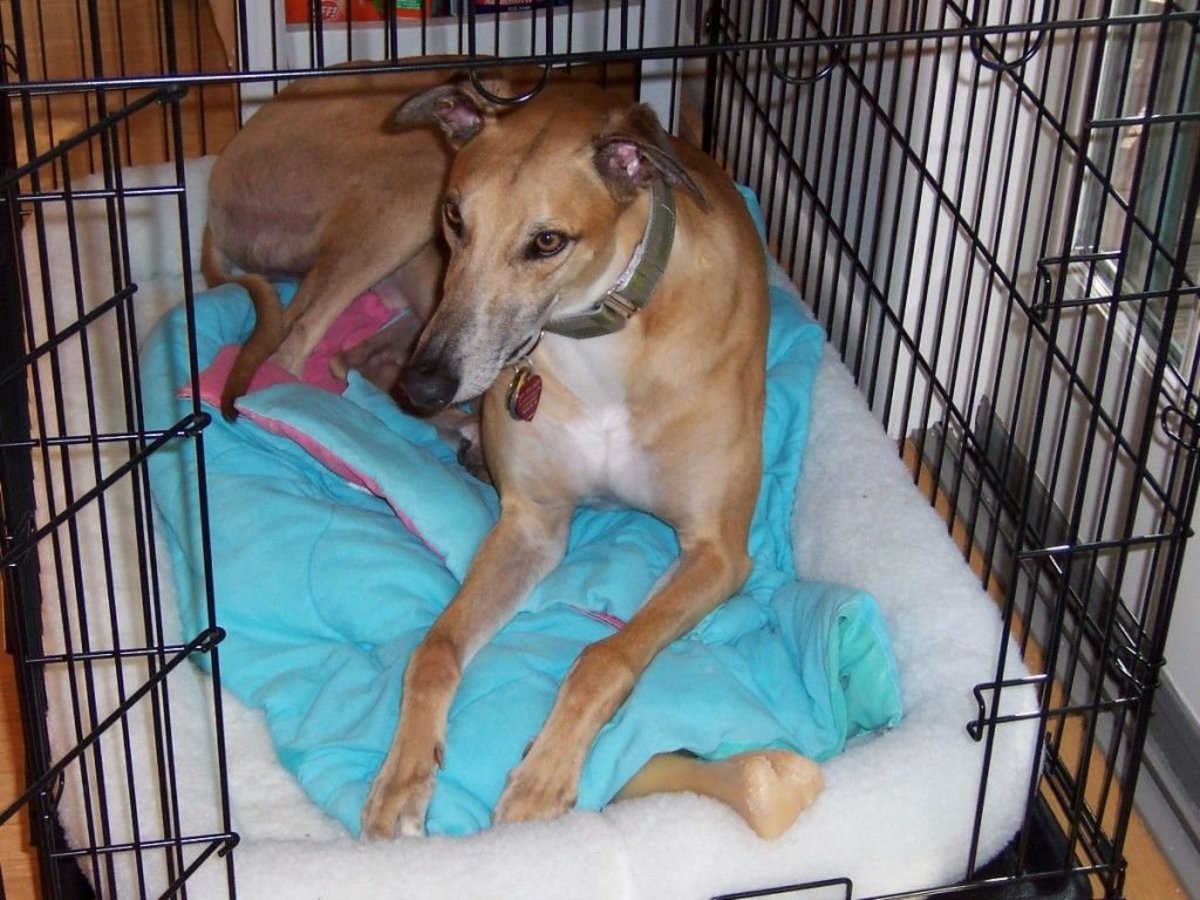
There are different types of crates available for crate training your dog, each with its own pros and cons. Wire crates provide good ventilation and visibility, but may not be suitable for dogs who like to escape. Plastic crates offer more privacy and can be useful for traveling, but may not provide as much airflow. Soft-sided crates are lightweight and portable, but may not be sturdy enough for some dogs. It's important to consider your dog's specific needs and behaviors when choosing the right crate for them.
Tips for selecting the right size and material for your dog's crate

When selecting a crate for your dog, it's important to choose the right size and material to ensure their comfort and safety. To determine the appropriate size, measure your dog from the tip of their nose to the base of their tail and add a few inches for extra space. Opt for a crate made of durable materials like metal or plastic, avoiding crates with sharp edges or poorly constructed parts. Consider your dog's needs and preferences to make an informed decision when selecting the right crate for them.
Setting Up the Crate

Placement and location of the crate in your home play a crucial role in creating a safe space for your dog. Choose an area that is quiet and away from distractions, such as loud noises or foot traffic. Avoid placing the crate in direct sunlight or next to heating vents. Make sure the crate is easily accessible for your dog and positioned at a comfortable height. Additionally, consider adding cozy bedding, toys, and water within the crate to create a comfortable and inviting environment for your furry friend.
Placement and location of the crate in your home
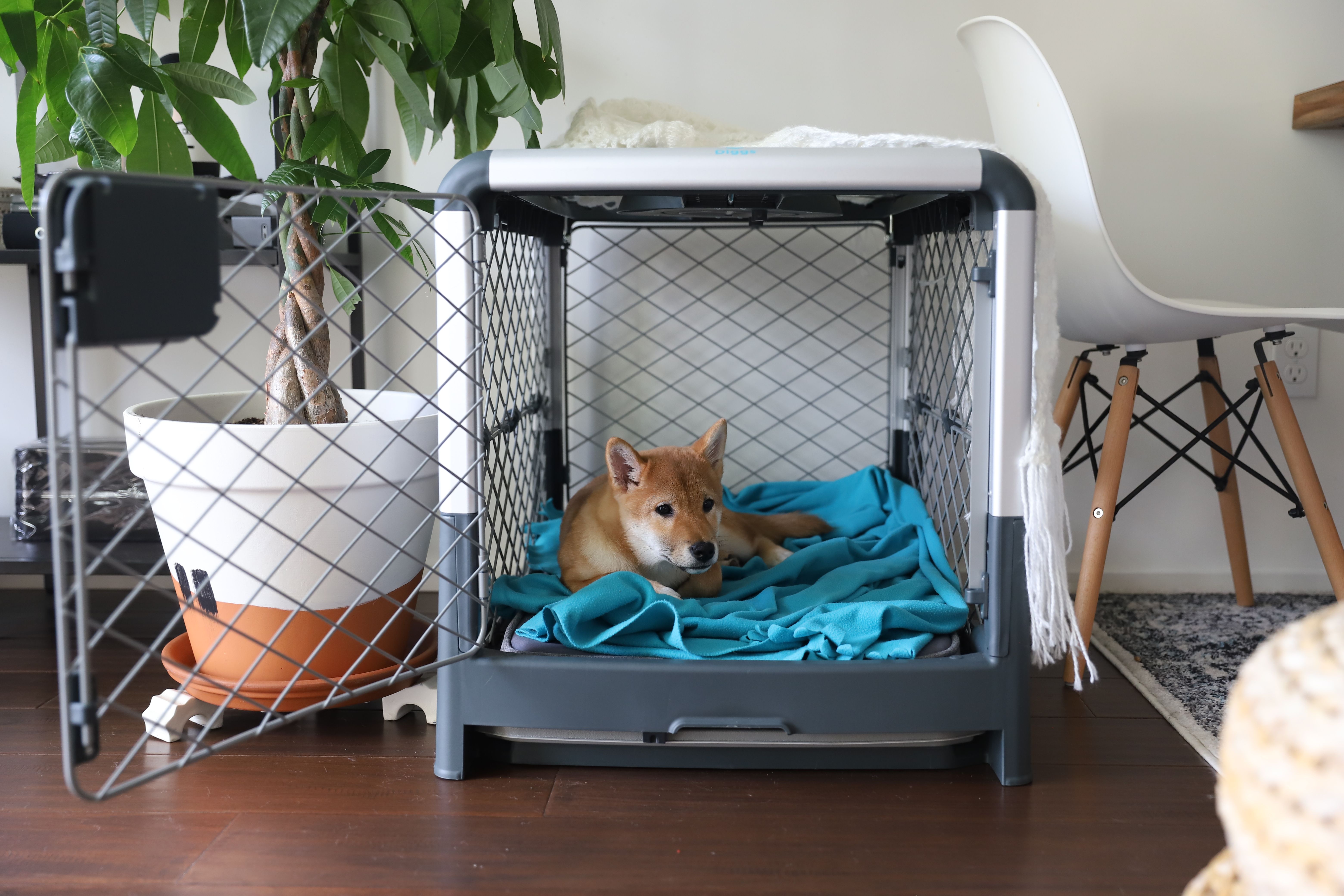
When it comes to placing your dog's crate in your home, it's important to choose a location that is quiet and free from distractions. Avoid areas with high foot traffic or noisy appliances. Ideally, the crate should be placed in a main living area where your dog can still feel connected to their family. Additionally, ensure that the crate is not directly exposed to extreme temperatures or drafts. This will help create a comfortable and inviting environment for your dog.
Creating a comfortable and inviting crate environment for your dog

To create a comfortable and inviting crate environment for your dog, there are a few key factors to consider. First, choose soft bedding that is cozy and easily washable. This will provide comfort and warmth for your dog while inside the crate. Secondly, make sure the crate is placed in a quiet area of your home, away from any distractions or loud noises. Lastly, add some of your dog's favorite toys or chew treats to keep them entertained and content while in the crate. By creating a cozy and stimulating environment, your dog will feel secure and happy in their crate.
Introducing Your Dog to the Crate

To introduce your dog to the crate, start by placing it in an area where your dog feels comfortable. Leave the door open and encourage your dog to explore the crate on their own terms. Gradually increase the time your dog spends inside by using positive reinforcement techniques such as treats or toys. Make sure to create a positive association with the crate by providing comfort and praise. This process should be done gradually, allowing your dog to feel comfortable and safe in their new space.
Gradual introduction and positive reinforcement techniques
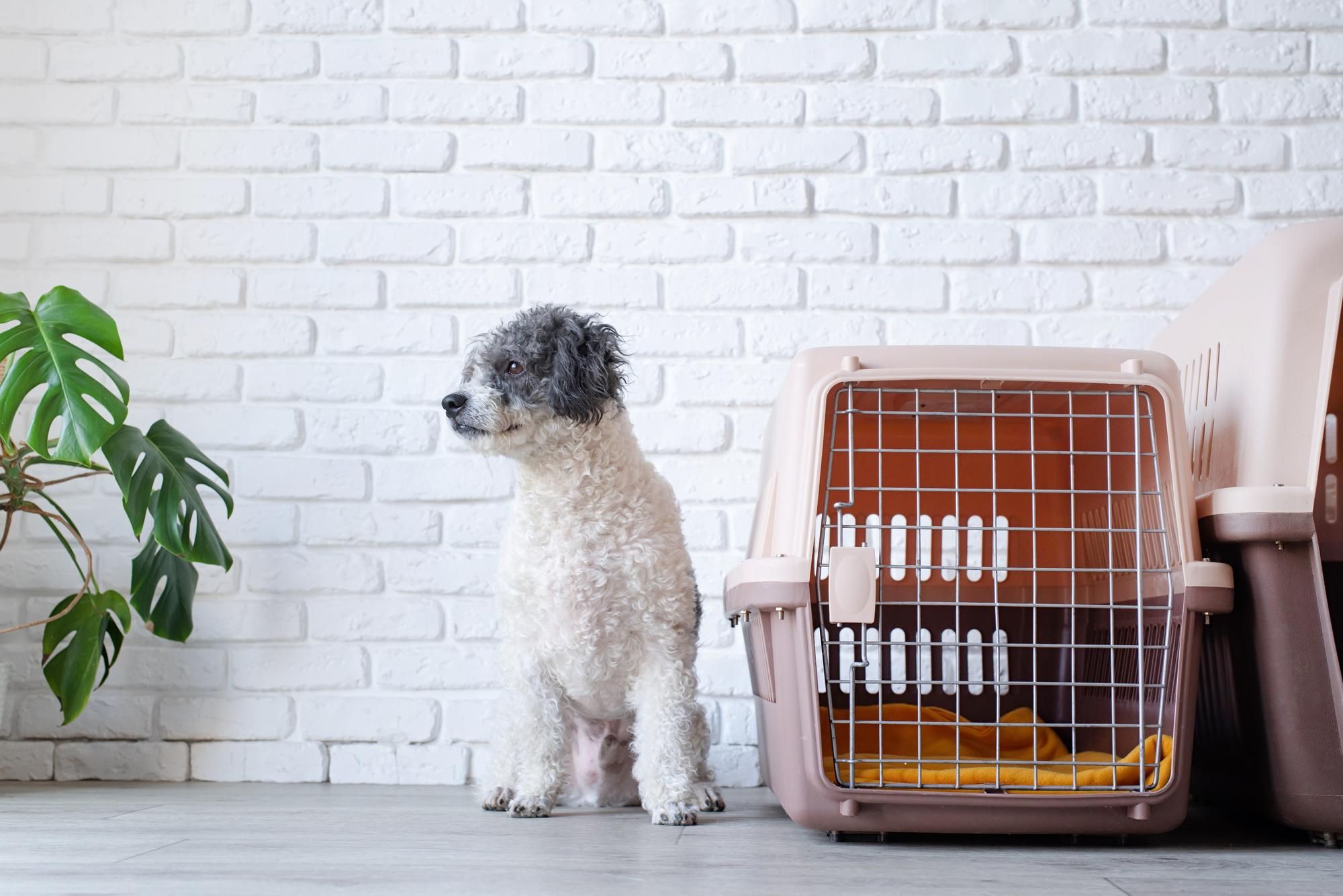
To gradually introduce your dog to the crate, start by placing it in a familiar area of your home. Leave the door open and encourage your dog to explore it at their own pace. As they become comfortable, begin feeding meals or giving treats near the crate, then inside with the door open. Slowly increase the time they spend inside and gradually close the door. Use positive reinforcement, such as praise or treats, to reward them for calmly entering and staying in the crate. Remember to be patient and make it a positive experience for your dog.
Making the crate a positive and safe space for your dog

Making the crate a positive and safe space for your dog is crucial for successful crate training. Begin by placing comfortable bedding or blankets inside the crate to make it cozy. Gradually introduce your dog to the crate using positive reinforcement techniques, such as offering treats or praise. Make sure the crate is never used as a form of punishment, as this will create negative associations. By creating a positive and safe environment in the crate, your dog will view it as their own personal sanctuary.
Getting Your Dog Used to the Crate

To get your dog used to the crate, start by gradually increasing the duration of crate time. Begin with short periods and gradually extend them over time. Use treats and toys to make the crate an enjoyable place for your dog. Positive reinforcement is key to successful crate training, so reward your dog with treats or praise whenever they enter or stay in the crate willingly. Remember to always make the crate a positive and safe space for your furry friend.
Tips for gradually increasing the duration of crate time

To gradually increase the duration of crate time for your dog, start by keeping the crate door open while they are inside. Allow them to come and go freely until they become comfortable. Then, begin closing the door for short periods of time, gradually extending the duration. Always offer positive reinforcement and rewards when they remain calm in the crate. It's important to take it slow and not rush the process, ensuring your dog feels safe and secure in their crate.
Using treats and toys to make the crate an enjoyable place

To make the crate an enjoyable place for your dog, it can be helpful to use treats and toys as positive reinforcements. Start by placing a few treats or a favorite toy inside the crate, encouraging your dog to enter and explore. You can also give your dog special toys or treat-filled puzzle toys to keep them entertained while in the crate. This will help create a positive association with the crate and make it a more enjoyable space for your furry friend.
Crate Training Dos and Don'ts
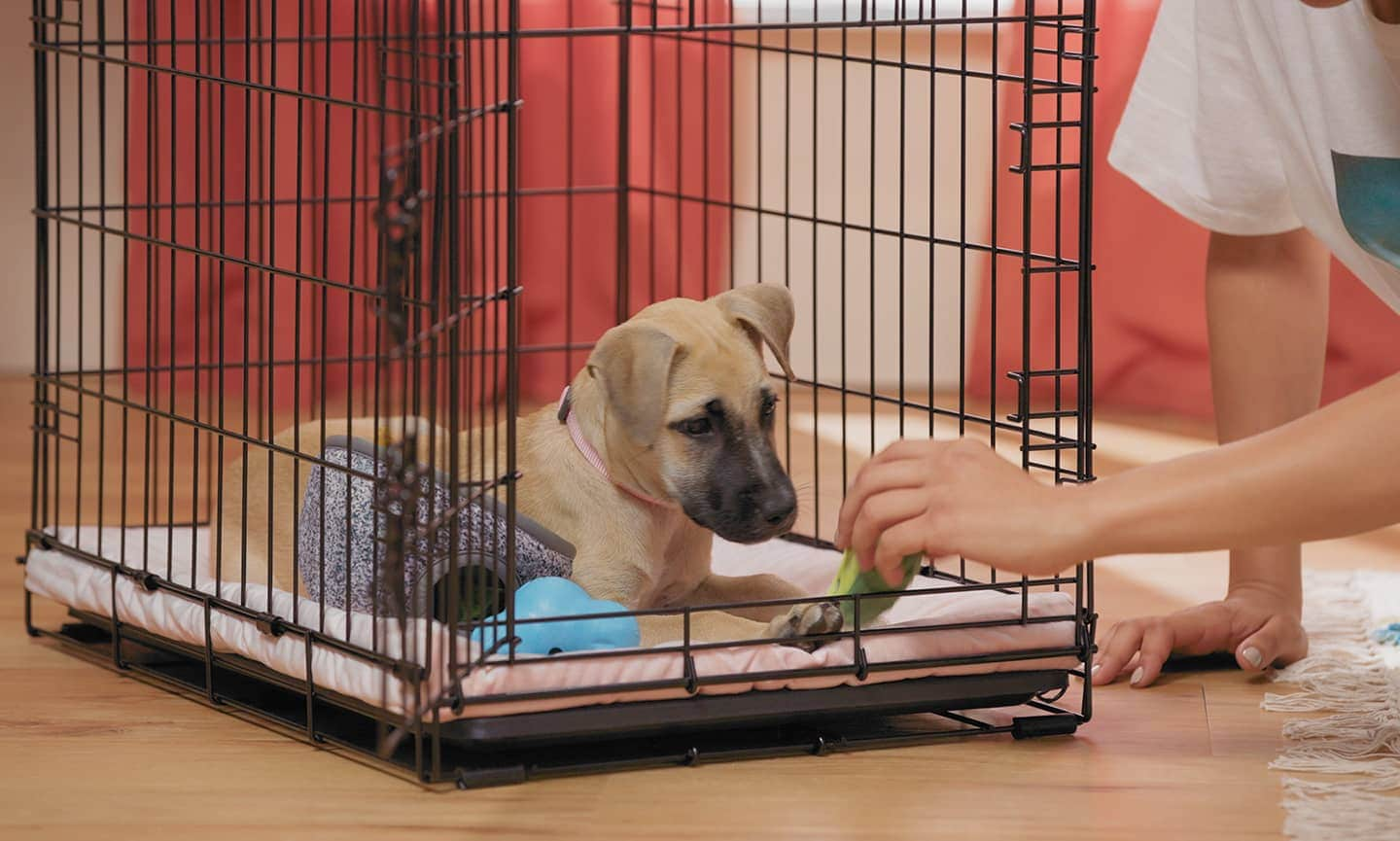
Dos and Don'ts of Crate Training
Dos:
- Do make the crate a positive and safe space by using treats, toys, and bedding to create a comfortable environment.
- Do gradually increase the duration of crate time to help your dog get used to being in the crate for longer periods.
- Do use positive reinforcement techniques such as praise and rewards when your dog enters or stays in the crate voluntarily.
- Do establish a routine and maintain consistency with crate training to help your dog feel secure.
Don'ts:
- Don't use the crate as a form of punishment or leave your dog in the crate for excessive periods of time.
- Don't force your dog into the crate or close the door without giving them positive reinforcement first.
- Don't react negatively if your dog has accidents in the crate, as this can create a negative association with it.
- Don't neglect your dog's physical and mental exercise needs outside of crate time.
By following these dos and avoiding these don'ts, you can ensure a successful and positive experience while crate training your dog.
Crate training mistakes to avoid
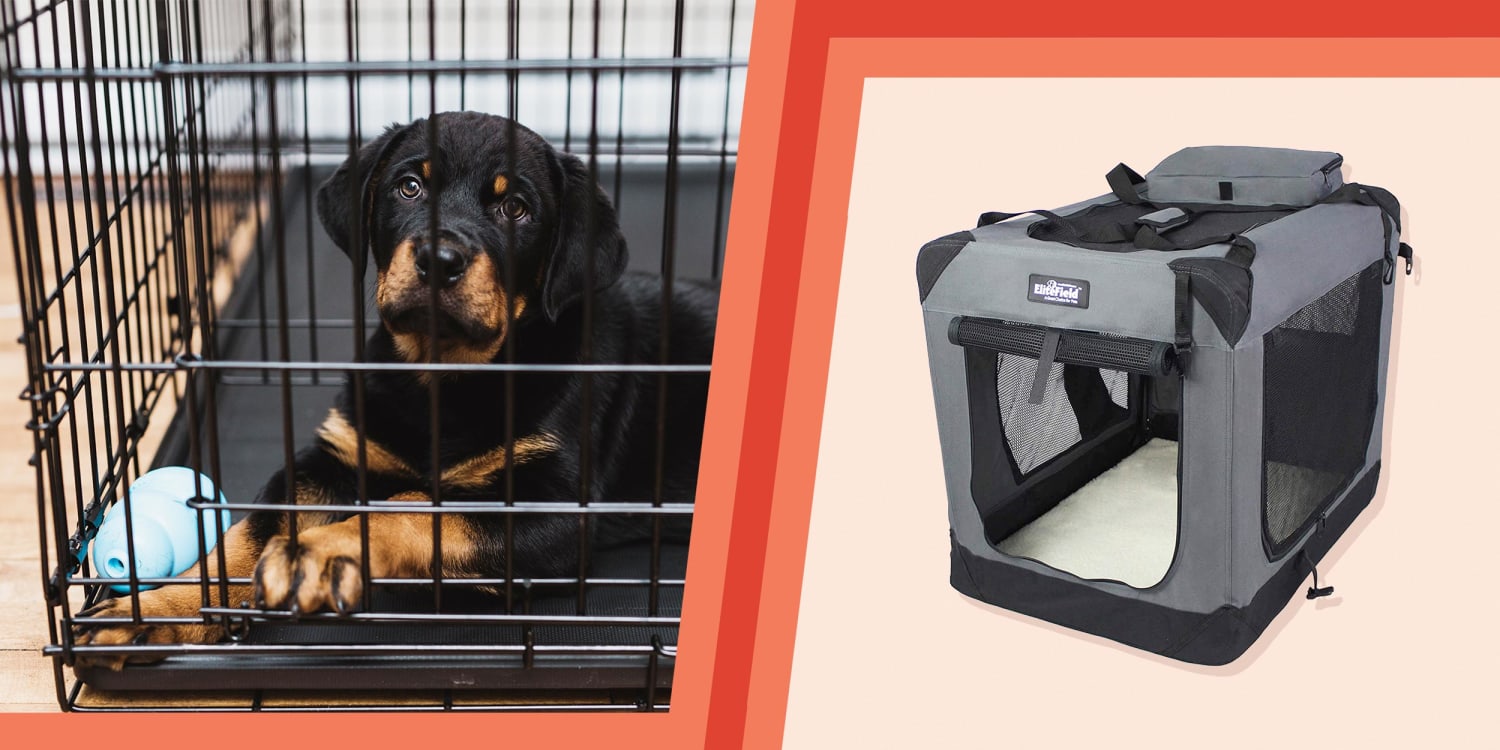
When crate training your dog, it’s important to be aware of common mistakes that can hinder the process. One of the biggest mistakes is using the crate as a form of punishment. This can create negative associations with the crate and make your dog resistant to using it. Additionally, it’s important not to rush the process of crate training. Gradually introducing your dog to the crate and allowing them to adjust at their own pace will lead to better success. Finally, avoid leaving your dog in the crate for extended periods of time without breaks or exercise. This can lead to anxiety and restlessness. By avoiding these common mistakes, you can ensure that your dog has a positive experience with crate training.
Positive reinforcement strategies for successful crate training
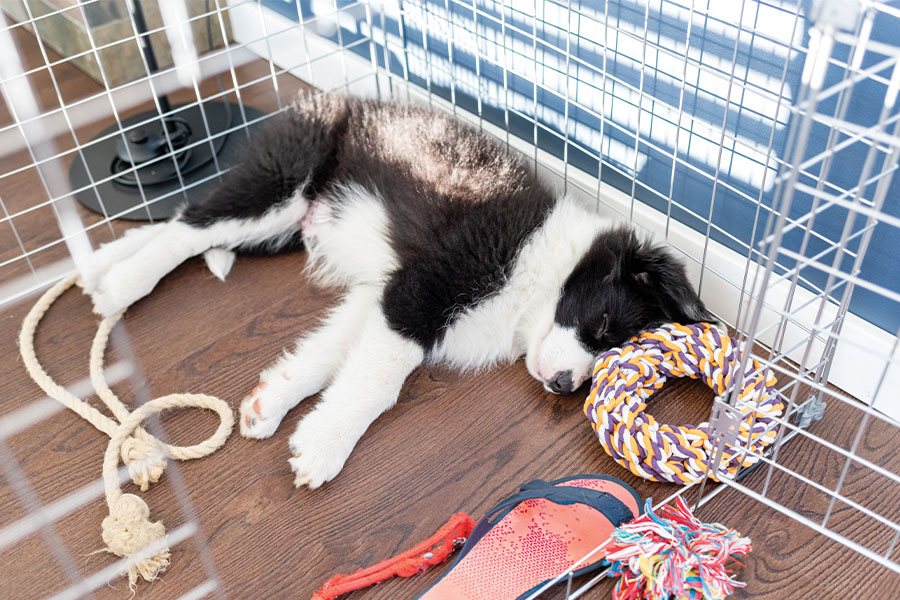
Positive reinforcement is a key strategy for successful crate training. It involves rewarding your dog for positive behavior while in the crate. This can include giving treats, praise, or engaging in playtime when your dog enters or stays calm in the crate. By associating the crate with positive experiences, your dog will develop a positive attitude towards it. Remember to be consistent with rewards and gradually increase the duration of time spent in the crate. With patience and positive reinforcement, your dog will start to feel comfortable and secure in their crate.
Using the Crate for Sleep and Alone Time
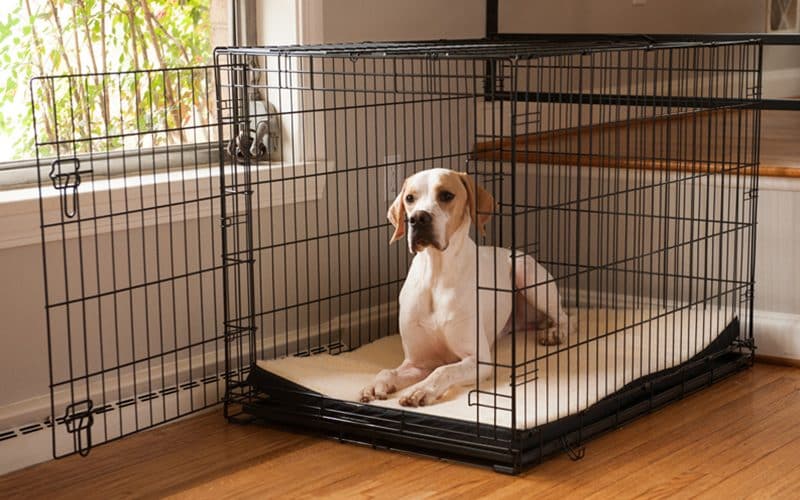
When it comes to using the crate for sleep and alone time, it's important to establish a routine and maintain consistency. Gradually introduce your dog to sleeping in the crate overnight by placing their bed or blankets inside. Make sure the crate is comfortable and inviting with toys and treats. When leaving your dog alone, provide them with a safe and secure space in the crate. This will help them feel calm and relaxed, reducing anxiety and preventing destructive behavior.
How to use the crate for overnight sleep and alone time

To use the crate for overnight sleep and alone time, ensure your dog is comfortable and relaxed. Set up the crate with soft bedding and place it in a quiet area of your home. Encourage your dog to enter the crate by using positive reinforcement techniques and providing treats or toys. Gradually increase the duration of time your dog spends in the crate overnight or when left alone. This will help them feel secure and develop a routine. Remember to always provide fresh water before bedtime and empty their bladder before crating.
Establishing a routine and maintaining consistency
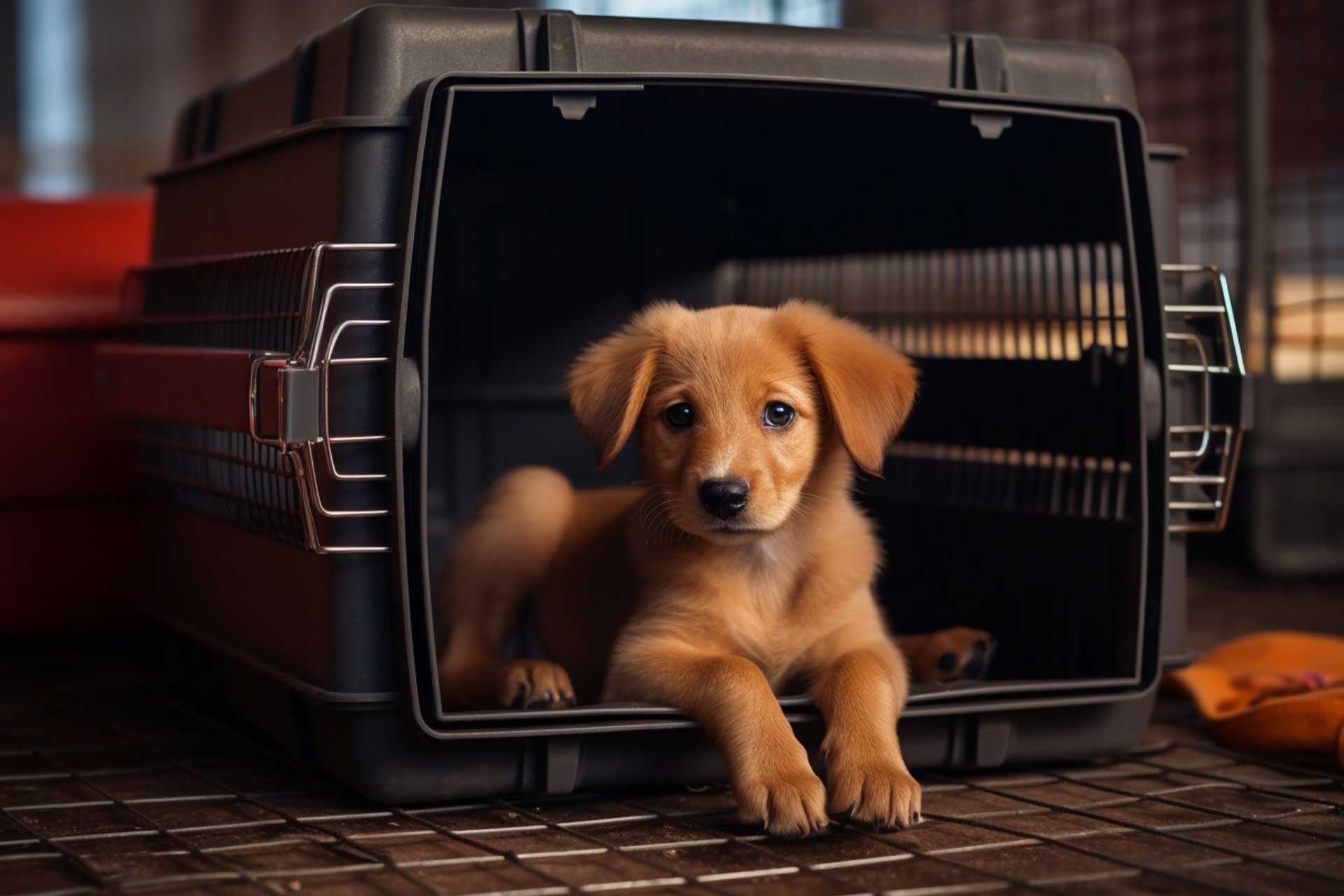
Establishing a routine and maintaining consistency are key factors in successful crate training for your dog. It is important to set a consistent schedule for meals, potty breaks, playtime, and crate time. This routine helps your dog anticipate what to expect and promotes a sense of security in their crate. Stick to the same times each day and be consistent with your approach to crate training. Consistency will reinforce positive behaviors and make the process smoother for both you and your furry friend.
Troubleshooting Common Crate Training Challenges

When crate training your dog, you may encounter some common challenges along the way. One of these challenges is dealing with whining, barking, and anxiety in the crate. To address this issue, it's important to remain calm and avoid giving in to your dog's demands. Instead, focus on gradually increasing the duration of crate time and using positive reinforcement techniques to make the crate a positive and safe space for your dog. Additionally, if your dog shows signs of chewing or escaping from the crate, it may be necessary to adjust the crate size or provide appropriate chew toys to redirect their behavior.
Dealing with whining, barking, and anxiety in the crate
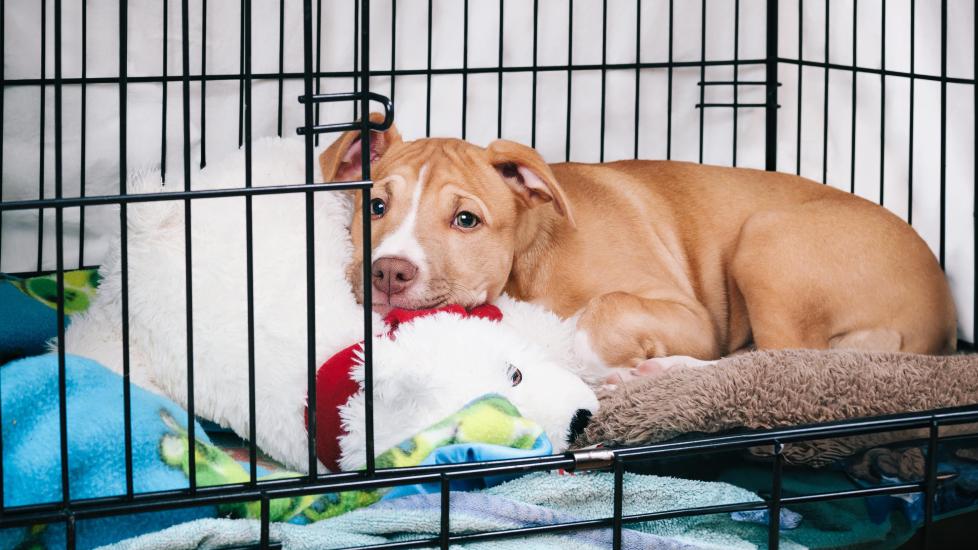
To effectively deal with whining, barking, and anxiety in the crate, it is important to address the root cause of these behaviors. Ensure that your dog has had ample exercise and mental stimulation prior to crate time. Gradual exposure to the crate and positive reinforcement can help alleviate anxiety. Avoid giving attention to your dog when they are whining or barking, as this may reinforce the behavior. Calming aids such as a crate cover or soothing music can also be useful in reducing anxiety. Seek advice from a professional trainer if these issues persist.
Addressing crate-related issues such as chewing or escaping

To address crate-related issues such as chewing or escaping, it's important to identify the root cause. Chewing often stems from boredom or anxiety, so providing appropriate chew toys and ensuring plenty of mental stimulation can help redirect this behavior. For dogs attempting to escape, ensure the crate is securely latched and consider using a crate cover to create a den-like environment, reducing visual stimulation. If the problem persists, consult with a professional dog trainer or behaviorist for further guidance.
Gradually Phasing Out the Crate
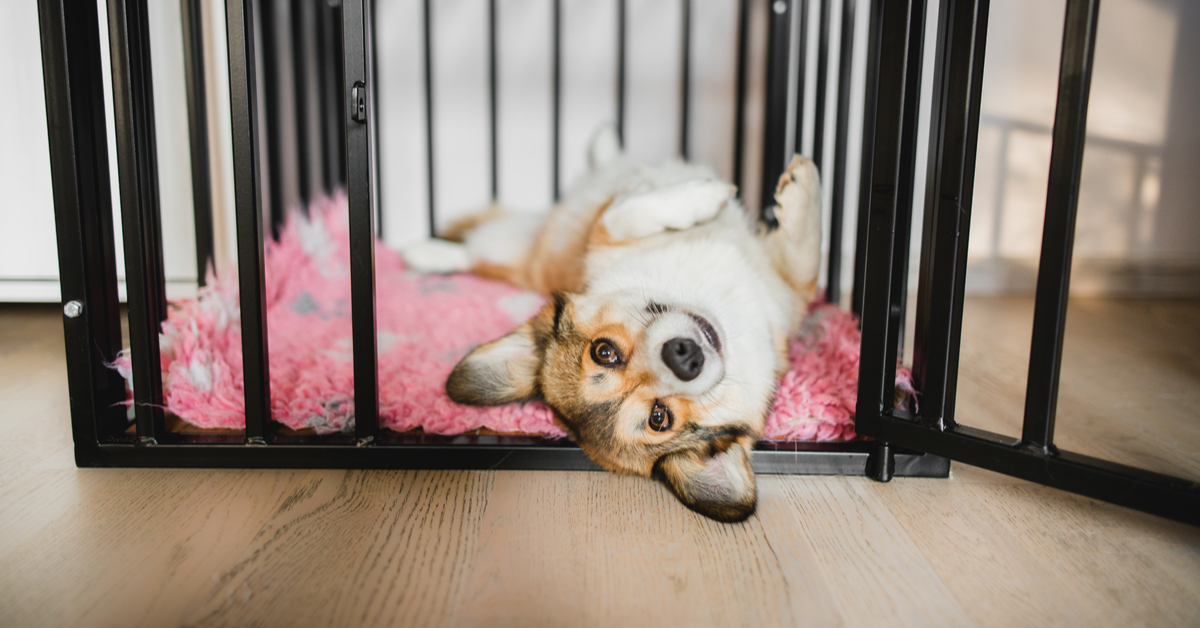
Once your dog has become comfortable and familiar with the crate, you may want to consider gradually phasing it out. This process should be done slowly and with care to ensure a smooth transition for your dog. Start by leaving the crate door open during supervised periods, allowing your dog to come and go as they please. Gradually increase the time your dog spends outside of the crate until they no longer need it for confinement. Remember to provide alternative safe spaces for your dog to relax in once the crate is phased out.
Guidelines for when and how to phase out the crate
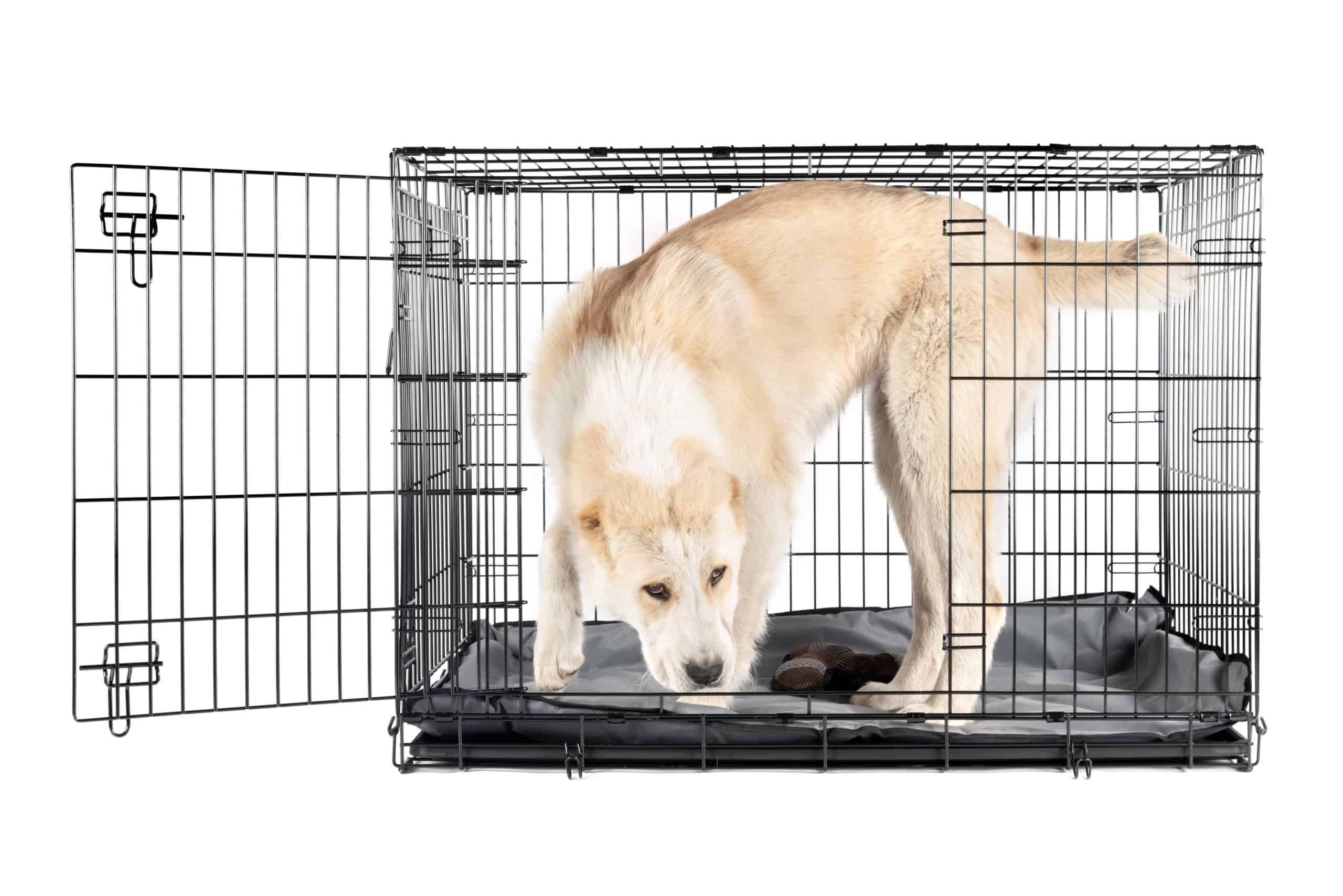
When it comes to phasing out the crate, it's important to do so gradually and at the right time. Start by gradually increasing your dog's freedom outside of the crate during supervised periods. If your dog consistently demonstrates good behavior and potty habits, you can expand their freedom further. However, it's crucial to still use the crate for overnight sleep and when you're away until you are confident that your dog can handle being outside of the crate without any accidents or destructive behavior. Make sure to monitor your dog's progress closely and adjust the phasing out process accordingly.
Ensuring a safe and comfortable transition for your dog
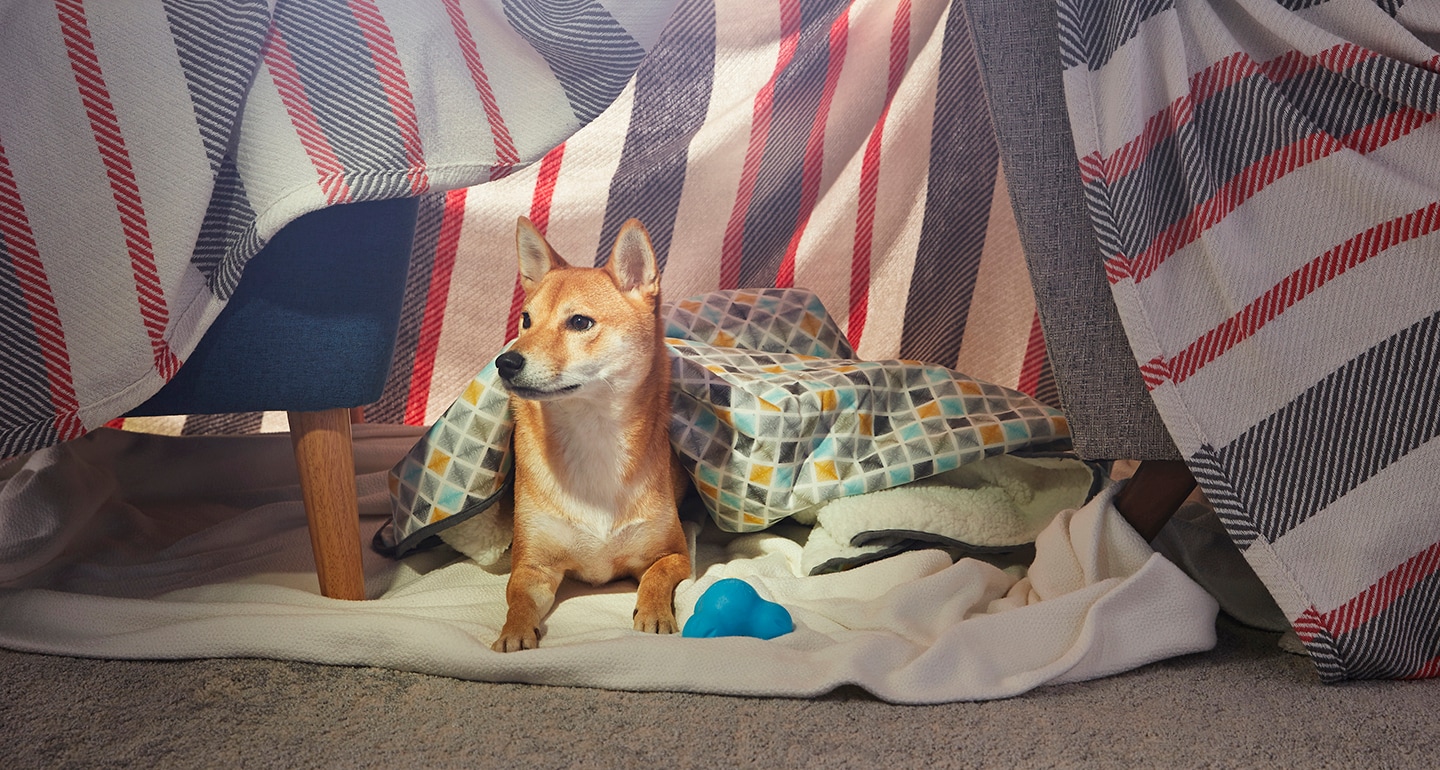
When transitioning your dog out of the crate, it's important to ensure a safe and comfortable experience. Start by gradually increasing the amount of time your dog spends outside the crate, while still providing them with a designated safe space. This can be a specific room or area in your home where they can retreat to if they feel anxious or overwhelmed. Make sure this space is filled with familiar comforts such as their bed, toys, and water bowl. Monitor your dog's behavior during this transition period, and provide additional support or adjustments as needed to ensure their well-being.
Conclusion

In conclusion, crate training can be a valuable tool in creating a safe and comfortable space for your dog. By properly introducing and gradually acclimating your dog to the crate, you can provide them with a secure environment that promotes positive behavior and reduces anxiety. Remember to choose the right crate size and material, establish a routine, and use positive reinforcement techniques throughout the training process. With patience and consistency, crate training can contribute to a happy and well-adjusted pup.
Summary of crate training tips and benefits
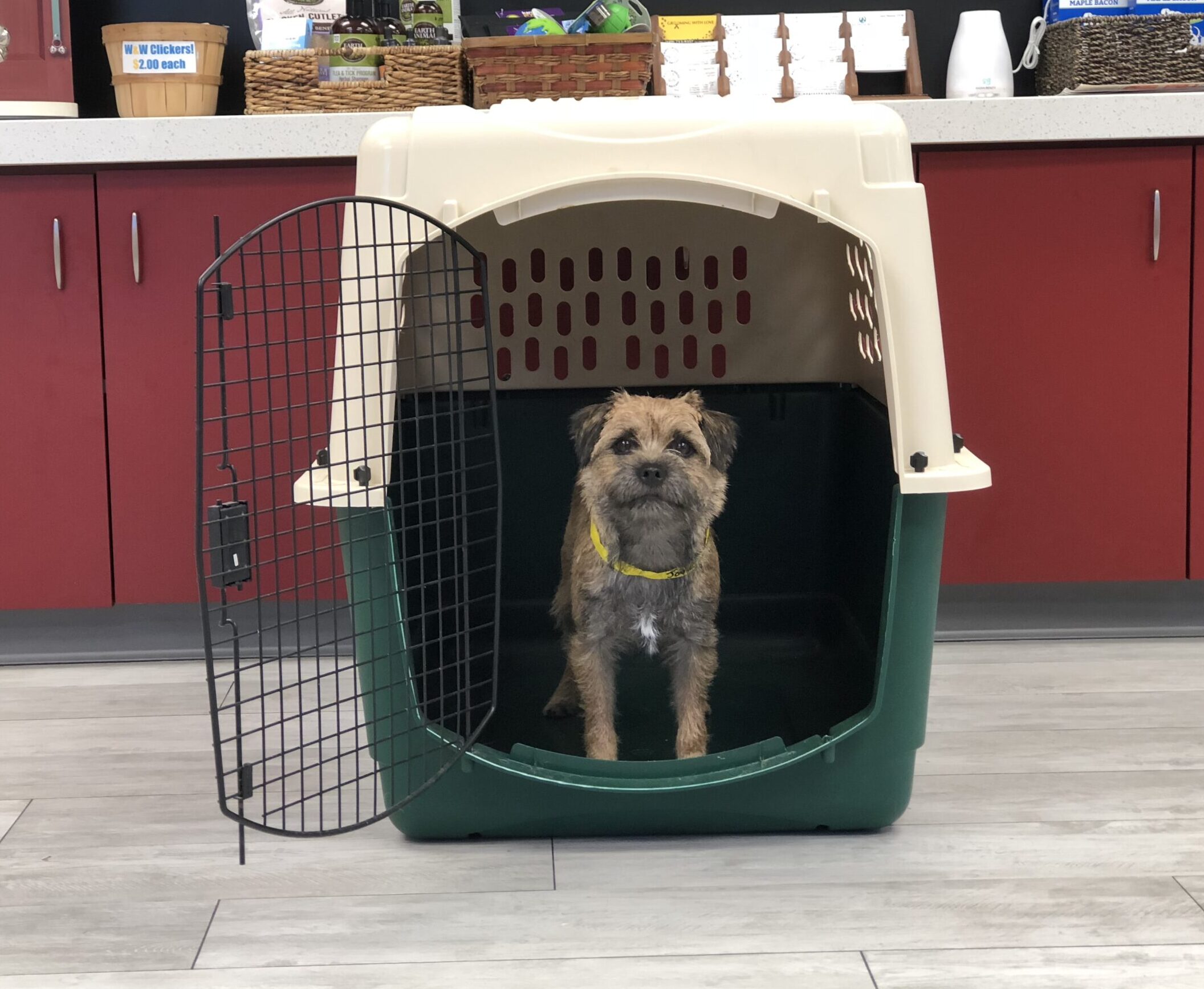
Crate training provides numerous benefits for dogs. It creates a safe space for them to retreat to, reduces anxiety and destructive behavior, and aids in house training. To ensure successful crate training, it's important to choose the right crate size and type. The crate should be placed in a quiet location and made comfortable with bedding and toys. Introduce your dog gradually and use positive reinforcement techniques. Gradually increase the time spent in the crate, using treats and toys to make it enjoyable. Avoid common mistakes such as using the crate for punishment or leaving your dog inside for extended periods. Use the crate for sleep and alone time, establishing a routine for your dog. Address any challenges that arise, such as whining or chewing, with appropriate strategies. As your dog becomes comfortable, you can gradually phase out the use of the crate while ensuring their safety and well-being during the transition. Overall, crate training can create a secure and calming environment for your dog.
Final thoughts on creating a safe space for your dog with crate training

In conclusion, crate training can be an effective way to create a safe space for your dog. By providing a comfortable and inviting environment, gradually introducing your dog to the crate, and using positive reinforcement techniques, you can help your dog feel secure and relaxed in their crate. Remember to avoid common crate training mistakes and address any challenges that arise. With consistency and patience, you can establish a routine that allows your dog to peacefully enjoy their time in the crate while also gradually phasing it out as they become more comfortable and trustworthy in your home.




0 Comments